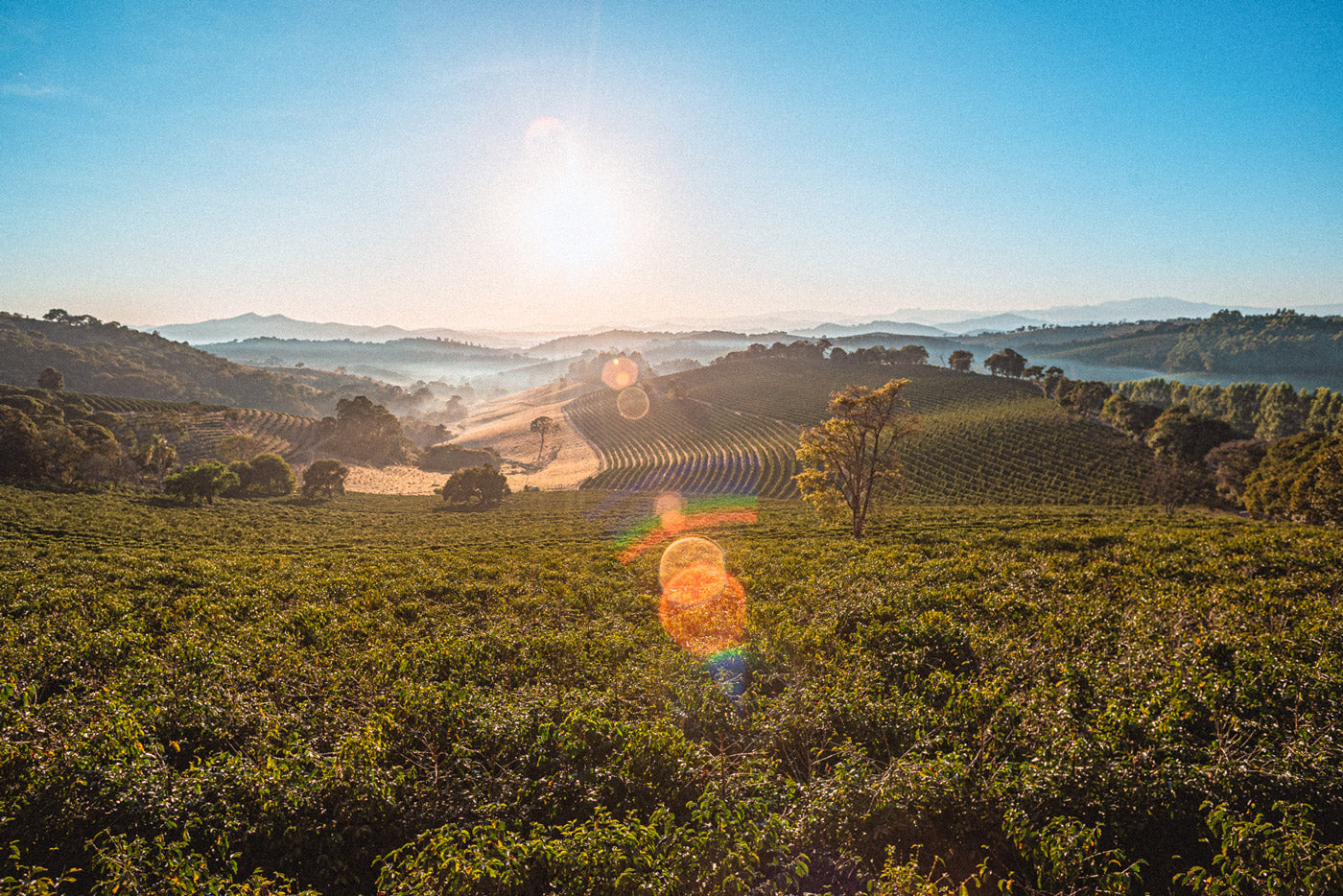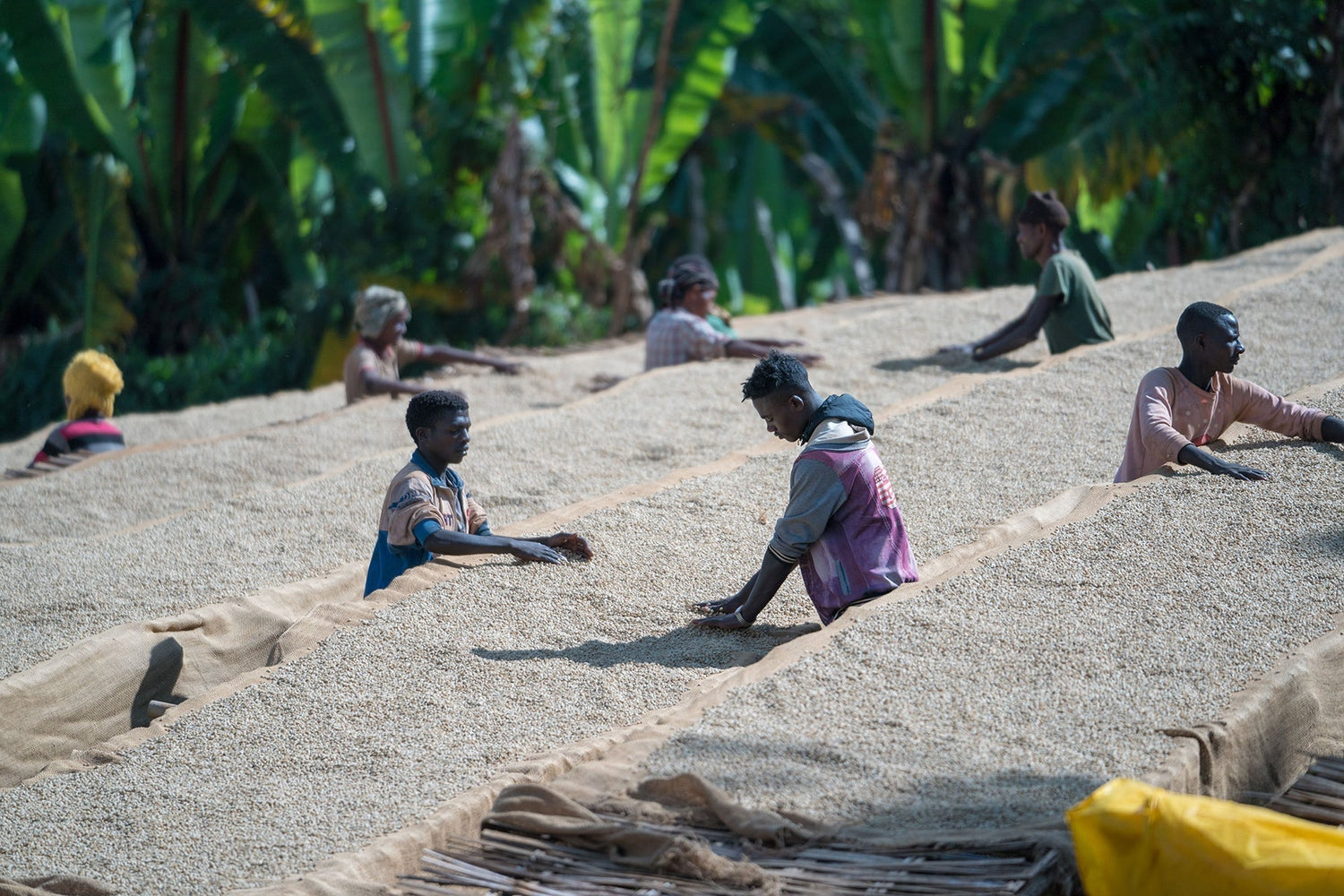For us, cupping is an important tool for quality control of specialty coffee and is simply part of everyday life in the roastery. It also makes it easier for us to purchase green coffee because, together with the visual inspection, cupping allows us to identify defects or poor quality in the taste. However, the fact that the perception of taste and aroma during cupping is very subjective is something that is repeatedly shown, and not only by our team.

Cupping - what we noticed!
We also gained an interesting insight from our public cuppings. The longer someone has been drinking specialty coffee , the more they prefer the typical coffee notes such as nuts, cocoa, spices or the roasted, strong bitter taste .
If someone is new to specialty coffee , they often prefer sweet, floral, fruity or even fermented notes and more acidity. So it also depends on your own experience what personal taste and aromatic preferences you develop. As a coffee roaster, it is important to know what customers like. With the cuppings, we can look for interesting characteristics in the coffee for ourselves and our customers.
Cupping is our means of checking quality
In order to check the quality of our handiwork in the roastery, we regularly taste our coffees during cupping. During tasting/cupping, we evaluate various aspects ( aroma, taste, aftertaste, acidity, body, balance, clarity of the cup, sweetness, defects ) and award points. Each individual aspect can be rated with up to 10 points . 6 points are good, 7 very good, 8 excellent, 9 outstanding and 10 exceptional. Based on all aspects and points awarded, a total score is determined on an evaluation form. All coffees that receive over 80 points are specialty coffee - with 100 being the absolute highest rating.

The Cup of Excellence
The Cup of Excellence award recognizes the outstanding specialty coffees and the work of their coffee farmers from the many very good specialty coffees . The Alliance for Coffee Excellence only sets the highest standards for cupping evaluation. The coffee farmer of our Brazilian coffees, Ismael José de Andrade, won the Cup of Excellence in 2018. His specialty coffee from Fazenda Paraíso received 93.26 points, the most that year.

How does cupping work?
But how does cupping work? There are fixed guidelines that are intended to guarantee the uniformity of the assessment.
To perform a cupping, every detail must be taken into account. For each individual
At least two cups of specialty coffee are brewed. If a bad bean is ground, you can avoid incorrectly downgrading the whole specialty coffee. It does happen that two cups of the same specialty coffee taste different, but this should not be the rule, because the uniform quality of a coffee also influences its rating.

This is how a cupping is constructed!
For each coffee at the table, the exact same amount of coffee (11 g) is ground with the same medium-coarse grinding setting during cupping. Now you can smell the still dry coffee grounds and get an initial impression. All of the coffees are then poured with the same amount of hot water (96°C) up to the edge of the cup. The coffee grounds should be well mixed and completely wetted. The coffees are then left to brew for four minutes. After four minutes, use a cupping spoon (similar to a very deep soup spoon) to break and remove the coffee ground crust that has formed on the surface of the cup. You should be very careful not to stir up the coffee grounds that have settled at the bottom. The special pleasure is getting close to the cup with your nose and perceiving the intense aromas that have gathered under the crust during the brewing process.
Small particles that are still floating on the surface after breaking are removed further. Since you can only fully perceive the taste at a temperature of 60°C, you wait a few more minutes until the coffee has cooled down a little more. This also has the pleasant side effect of not burning your tongue.

Now it’s time to slurp!
Then you can start slurping. You take some coffee with the deep cupping spoon and suck it into your mouth quickly and with a lot of air to release as many aromas as possible and to wet your entire tongue with coffee.
Since the perception of taste changes depending on the temperature, the coffees are tasted not only warm but also cold. A good specialty coffee should still taste pleasant and good even when cool. During the cupping, you should keep your impressions to yourself so as not to influence the other tasting participants. Only at the end do you exchange ideas and discuss the different specialty coffees.
Try cupping at home
Try it out at home. All you need besides coffee is a kettle and a thermometer, several flat cups of the same size ( approx. 180 ml) , deep spoons, a grinder and a stopwatch . Compare several specialty coffees side by side and find out what differences you can notice. Have fun and #staywild !


